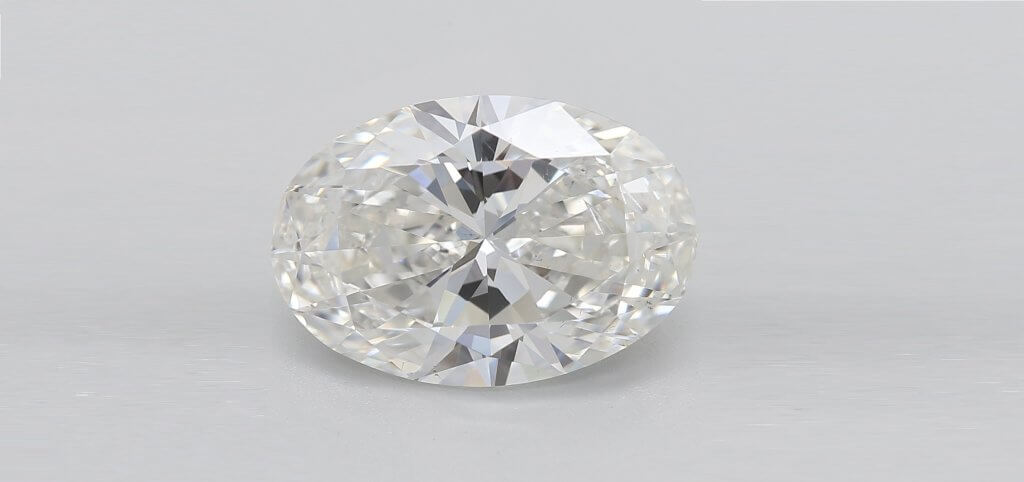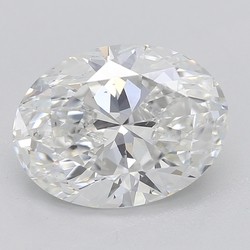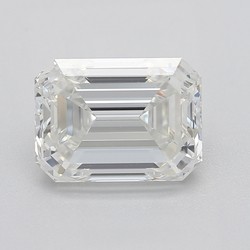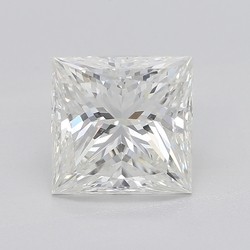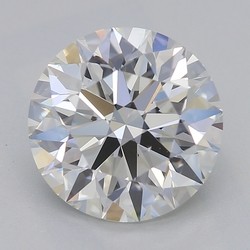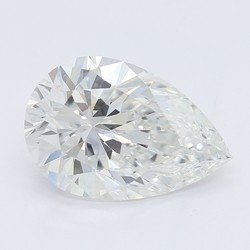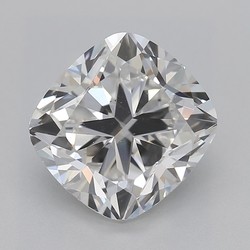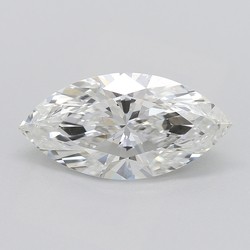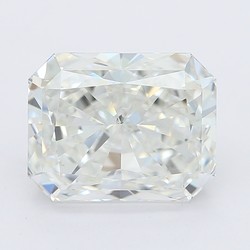Choosing D Color Diamonds: A Complete Guide
Key Takeaways
- There are many points to consider when buying a diamond and, as one of the Four Cs, Color is certainly one of them.
- A D diamond is a diamond which is the best you can get in terms of colorlessness.
- The chances of a D grade diamond are so rare that they are very valuable for any collector.
- Unless your budget is unlimited, however, it is best to look anywhere between the grades G-J instead. These grades will resemble D diamonds, without the hefty price tag.
- In fact, the D grade is simply not worth it for an engagement ring, as the differences are marginal and virtually invisible to the naked eye.
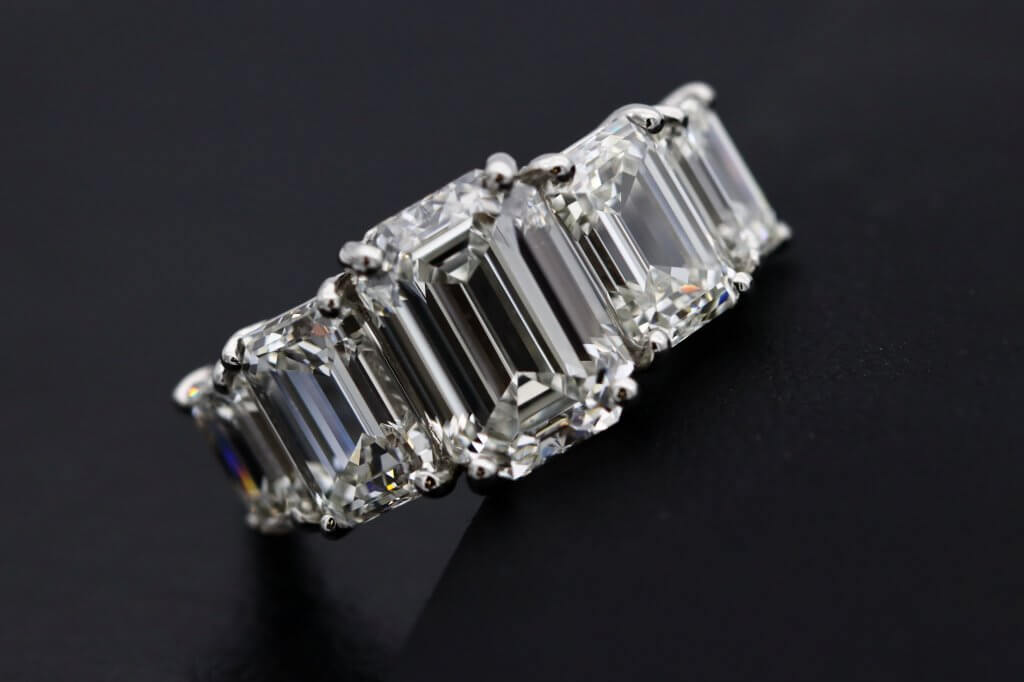
One of the biggest curveballs any first-time diamond shopper will have thrown to them is the fact that most diamonds – prized around the world for their perfectly symmetrical, clear, and bright appearance – are a pretty long way from actually being perfect.
In most cases, this doesn’t matter. Many imperfections exist only on the microscopic level – something that (as you may already know) enables a diamond to be referred to as ‘eye clean’, and further the notion that most diamonds really are perfect.
But some diamonds really are perfect – at least, they’re perfect according to the best and most reliable scales we have to measure them by: the GIA’s scales for cut, clarity and, of course, color…
What is a D Color Diamond?
A D color grade represents the highest possible point on the GIA color scale for clear diamonds, which means that diamonds with this grade are totally colorless.
You likely already know that diamonds are composed of carbon – although you might not realize that, during their development deep underground, many diamonds take on a yellow tint as a result of a small (or larger) amount of nitrogen. This may be enough to cause a very slight undertone within the stone, or to make it appear very, very discolored.
Either way, a visible yellow cast is understandably seen as a dealbreaker for those looking for a center stone for their engagement ring.
As you’ve probably guessed, it’s impossible for a diamond cutter to ‘remove’ this nitrogen from the diamond, meaning that diamonds with no yellow tint are very highly coveted among collectors, since their chances of existing are very low.
The GIA’s Color Scale runs from D to Z, with the first three grades (D-F) considered as ‘Colorless’.
So, a D color diamond represents the rarest type of diamond out there, since it features no discernible color.
Why do Diamond Colors Start at D?
Using the letters D-Z ensures that the scale is easily differentiated from other, lesser scales, making it much easier for shoppers to recognise GIA certified diamonds.
The GIA is not the only grading body out there, but it is by far the most widely used and trusted by jewelers, collectors, and first-time buyers. It is also considered to hold the most rigorous and consistent parameters for grading diamonds, ensuring a very reliable yardstick for buyers.
For this reason, the GIA opted to implement a different scale to the less reliable, less consistent scales used by other institutions. Beginning at D, the scale runs through a number of subcategories as follows:
- Colorless: D, E, and F
- Near Colorless: G, H, I, and J
- Faint: K, L, and M
- Very Light: N, O, P, Q, and R
- Light: S, T, U, V, W, X, Y, and Z
Only clear diamonds are graded according to this scale. Other diamonds are known as ‘fancy color’ diamonds, and are graded differently.
Is a D Color Diamond Good?
Objectively, yes, the D Color diamond is an exciting prospect for any collector. The chances of nature creating something so pure are very low, especially under the fiery conditions that exist so many miles beneath our feet.
So, objectively, the D diamond really is the best you could ever hope to find – although it’s worth noting right now that, with D diamonds representing less than 1% of all diamonds out there today, actually ‘hoping’ to find one is probably a wasted effort for most of us.
This is no bad thing, since D color diamonds afford an incredibly high price on the market, with thousands of dollars separating them from otherwise-similar diamonds with lower color grades.
This is understandable, but not worth any heartache on your part, since you’d still have to drop down a number of grades before you found any diamonds with a strong enough tint to alter the visual appearance of the diamond.
How Much is a 1 Carat D Diamond?
You should expect prices to start at around $5,000, although, if you’re looking for a diamond that also features an excellent cut and an eye clean clarity grade, prices could easily go surpass the $10,000 mark.
As the highest color grade out there, D diamonds are not only made more valuable by their appearance, but by the prestige attached to them. Like FL and IF diamonds, D color diamonds represent an incredibly unlikely occurrence in nature, and collectors are more than willing to pay a high price for them.
They will cost thousands of dollars more than diamonds belonging to the Near Colorless category, even if they are identical in every other aspect (cut, clarity, and carat weight).
Can You Tell the Difference Between D and F Diamond?
No, only a skilled grader will be able to notice any tangible difference between a D and an F diamonds – and even then they would require ideal lighting conditions and strong magnification.
F diamonds are still a part of that top color category, meaning that they are still considered to be colorless.
F diamonds are the most common of the Colorless diamonds, which means that they’re more affordable and slightly less coveted by collectors. However, sitting just two grades below D diamonds, they continue to fetch a price on the market, so you’re not going to find the best deal at this grade, either.
They can be a great compromise if you’re keen to stay within that Colorless range, but only if your budget can stretch to cover it. Diamonds don’t suddenly start looking yellow when you dip down a couple more grades.
Do D Color Diamonds Sparkle More?
No, not unless they feature a better cut than the diamonds they’re being compared with.
Even a diamond that sits way down the color scale will sparkle beautifully, although its beauty will unfortunately be undermined by a visible brown or yellow tint.
In order to sparkle, a diamond requires an ideal depth and table, a good polish, and good symmetry. Brilliant cuts naturally sparkle more than step cuts, so, if you were to put a D color Emerald cut diamond next to an I color Round cut diamond, you’d notice a lot more sparkle coming off the I color diamond.
Color is distinct from sparkle, so paying more for a higher color grade won’t afford you a better light performance – unless, of course, that diamond is cut to a higher standard, or in a more sparkly shape.
What Diamond Color is the Best?
Grades G – J, otherwise known as the Near Colorless grades, are the best place for most shoppers to start looking, unless their budget allows them to stick to the Colorless grades.
We mentioned above how you’d have to go pretty far down the scale before you started to be able to detect a yellow tint for yourself, and even an F grade is still far too high for you to notice it.
This is why many shoppers prefer to stick to the Near Colorless category of diamonds, which are hundreds (if not thousands) of dollars cheaper than the Colorless grades, but still visually comparable.
G color diamonds, for instance, are a great place to look if you want to find a diamond that appears colorless, but remains free from the premium cost associated with Colorless – and, particularly, D grade – diamonds. Yes, they’re a lot more common than D color diamonds, but, when it comes to buying an engagement ring, appearances are far, far more important than what’s printed on the GIA report.
So, Are D Diamonds Worth it?
No, not if you’re looking to create a beautiful engagement ring. The high cost of one of these diamonds – not to mention the difficulties you’ll face in tracking one down – means that you’ll have to invest a lot of time and money into features that are, unfortunately, invisible.
Like Flawless or Hearts and Arrows diamonds, D color diamonds are pretty fascinating, but their unique characteristics are typically only visible to skilled graders and jewelers – and, even then, only when those graders and jewelers have the proper lighting and equipment with which to see them.
When the diamond has be set within a beautiful ring and placed on the finger of your bride to be, those attributes will only be visible on paper – within the GIA report. A diamond of the same size, eye cleanliness and cut will look identical, and the thousands of dollars you invested into those invisible attributes will be as good as wasted.
Collectors have a totally different reason for investing into these diamonds but, for your engagement ring, those reasons aren’t so important. If you’re heading into this process with a limitless budget, then there’s nothing wrong with picking a D diamond but, if not, there are more important factors to channel your investment into, such as size and clarity.
Provided that, after you choose your diamond, you go to see it at a reputable, local jewelry store – and, of course, that you don’t stray beyond the Near Colorless range on the color scale – you will be able to see for yourself that your chosen diamond does not contain any visible yellow tint, despite the fact that it’s not a D Color diamond.
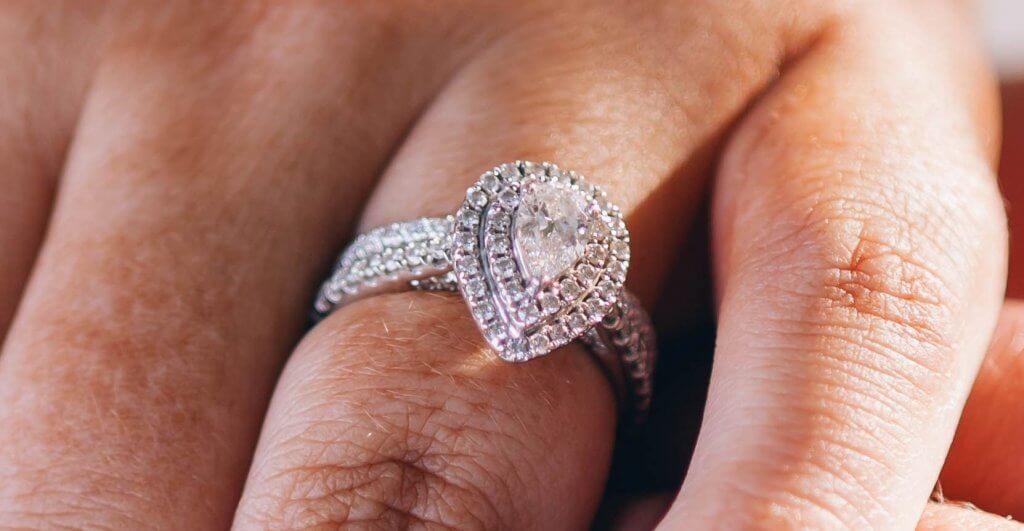
Sep 2, 2021 By Willyou.net
Choosing F Color Diamonds: A Complete Guide
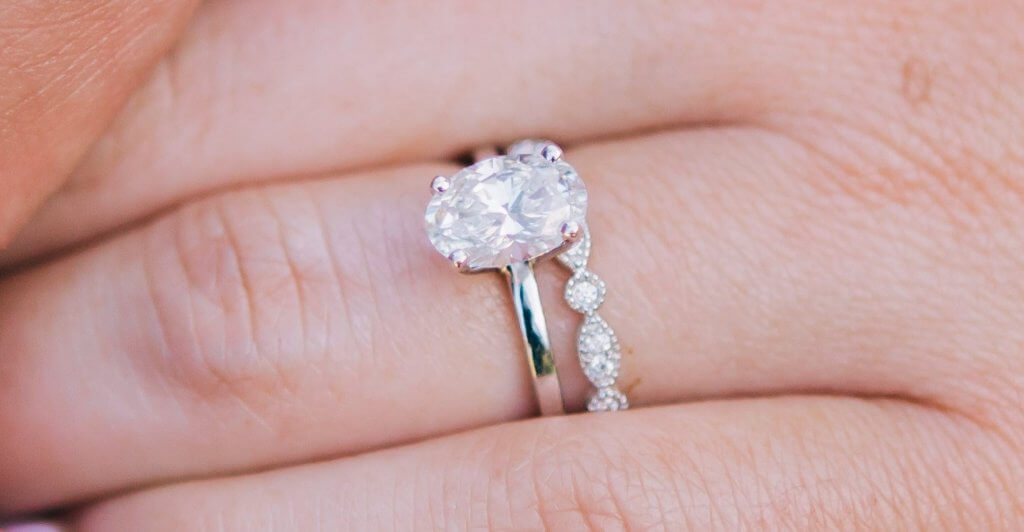
Sep 2, 2021 By Willyou.net
Choosing G Color Diamonds: A Complete Guide
